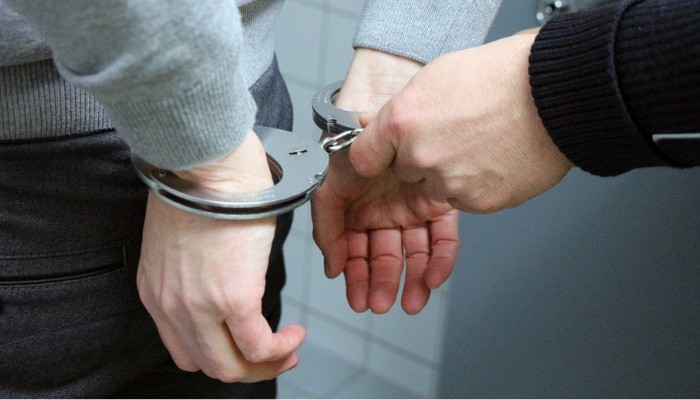In the ever-evolving world of retail, grocers are constantly seeking innovative ways to enhance the shopping experience for their customers. The introduction of self-checkout options has been a game-changer, allowing individuals to navigate through stores independently. But, with this technology, came an undesired consequence: the increment of theft.
Retailers have traditionally relied on staff monitoring and security cameras to deter theft at self-checkout kiosks. Store employees keep a watchful eye on customers and intervene when suspicious behavior is detected. Additionally, security cameras provide a means to review footage and identify potential theft incidents. However, these measures are not foolproof and can be resource-intensive.
Walmart are using these top-notch technologies to stop shoplifting
Computer vision technology plays a vital role in detecting shoplifting incidents at self-checkout kiosks. Through the use of cameras and image recognition algorithms, computer vision systems can identify when items are not properly scanned or when a customer attempts to leave the kiosk without paying for all their items. Real-time alerts can then be sent to store employees to take appropriate action.

There’s one particular trick that is set to stop the most popular move used at the self-checkout: the banana trick. This method is used by shoplifters, always at the self-checkout kiosks. This consists of taking a product of higher value, say, a bottle of wine, and putting the price tag of a banana on it. That’s why it’s called the banana trick. Thus, criminals take an expensive product for the price of a few cents.
What will happen if you get caught red-handed shoplifting at a retail store
When a shoplifter is apprehended stealing in a supermarket in the United States, a series of actions unfold in response to the incident. The first step typically involves store security personnel or loss prevention officers detaining the individual. They may escort the suspect to a designated area within the store, away from customers and potential threats.
Next, law enforcement will be called, and man, they will be furious. Local police officers or, in some cases, sheriff’s deputies arrive at the scene to conduct an investigation. They collect evidence, such as surveillance footage or witness statements, to establish the facts surrounding the incident. The suspect’s personal information is also gathered for identification purposes.
Depending on the circumstances and the value of the stolen items, the shoplifter might be issued a citation or arrested. If the offense is relatively minor, the suspect could receive a citation and be released with a court summons. However, for more severe cases or repeat offenders, the shoplifter may be arrested and taken into custody.
If the situation worsens, the shoplifter is typically charged with a crime, which could range from petty theft to felony larceny, depending on how severe the crime was. From fines to probation to even the jail (or in the most flexible of the scenarios, community service), you’ve got a lot to lose. Is it any worthy? I don’t think so.
Humans and AI, altogether to stop self-check theft
Artificial intelligence (AI) and machine learning (ML) algorithms have made significant advancements in shoplifting prevention at self-checkout kiosks. These technologies enable the system to analyze customer behavior and identify anomalies that may indicate potential theft.
One of the technologies that is being implemented and constantly improved is facial recognition. Self-checkout stations have been making large databases of customers and their faces, as well as their credit cards and shopping behaviors. Also, when a person is identified after having committed a fraud at a kiosk, he is marked on a blacklist. So, the next time the facial recognition systems detect you in the supermarket, employees, and security officers will receive warnings.
Is self-checkout theft a common problem?
According to multiple sources, self-checkout theft is a common problem that retailers face. Studies have found that theft at self-checkout lanes is five times more likely than traditional cashier-staffed lanes, and retailers experience a 50% higher rate of loss when using self-checkout systems. A recent survey found that nearly one in five shoppers polled admitted to stealing something from a self-checkout lane. The ease of theft is likely inspiring people who might not otherwise steal to do so, and the perception of a lower chance of getting caught, individuals rationalizing the theft as being against the company rather than an individual, and increased opportunities for human error during the self-checkout process are factors contributing to the higher theft rates.
To reduce self-checkout theft, retailers can take steps to identify common types of theft and fraud, such as monitoring transactions for unusual behavior and patterns. Additionally, retailers can improve customer education and awareness of the risks and consequences associated with self-checkout theft. Lastly, retailers can consider implementing security measures like surveillance cameras or increasing the number of staff monitoring the self-checkout area.